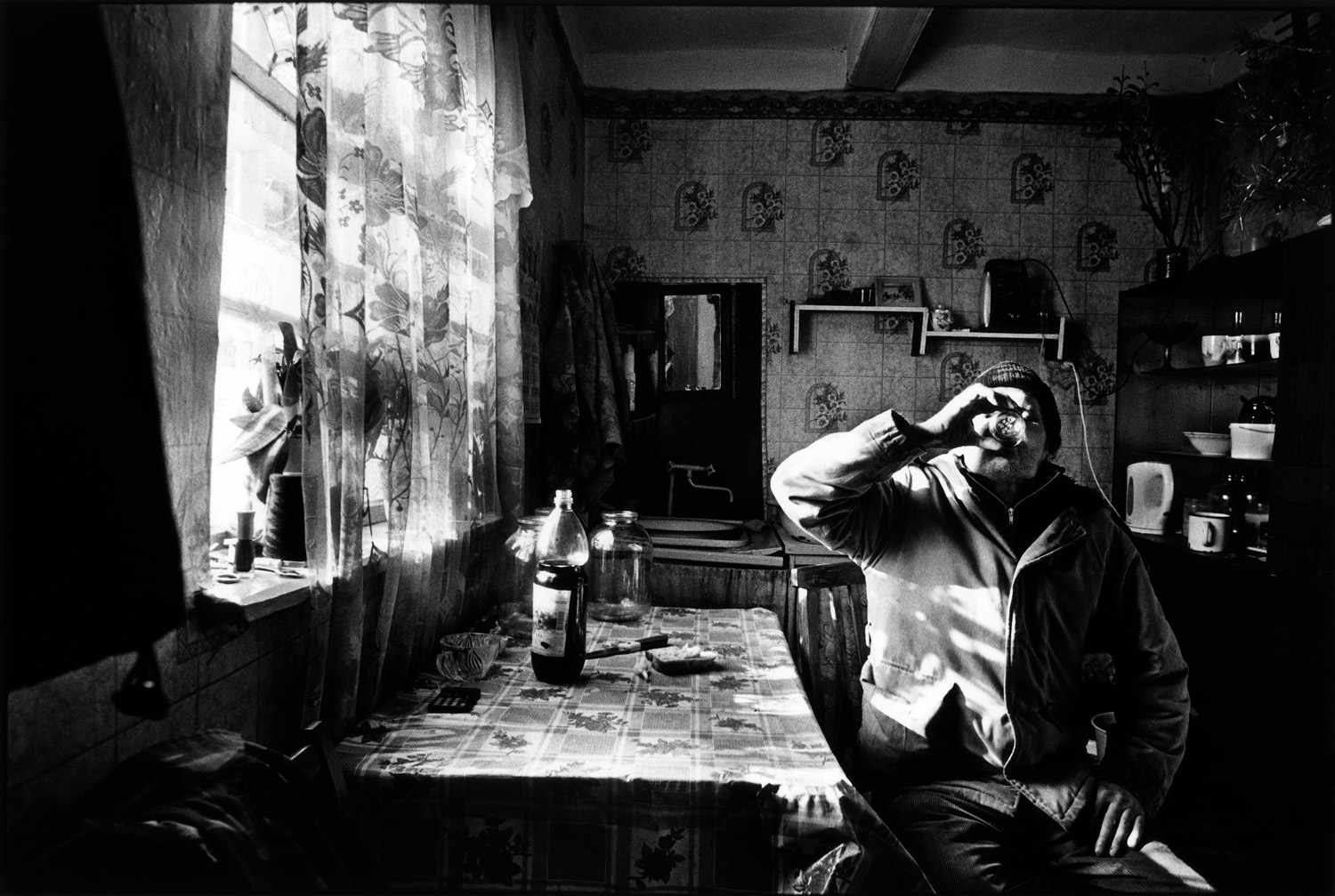
Located between the Dniester River and the eastern border of Ukraine, Transnistria is an unrecognized state of approximately a half million people. Though it asserts itself as a sovereign nation, it is claimed by Moldova and has no diplomatic relations with any United Nations member state.
Visiting the small zone in January of 2011, photographer Kosuke Okahara wanted to see what “it feels like to live in a country that doesn’t exist, if the people are still very attached to the place where they live.” The winner of a 2010 W. Eugene Smith fellowship, Okahara has worked in places as diverse as Colombia, Egypt, Sudan and his native Japan (where he is currently based).
In Transnistria, he found a place caught between past and present. These photographs were taken in the village of Lenina, a farming community that is losing much of its population, as young people depart to seek work in Russia or the Ukraine. Most of the residents, he found, were children left behind by their parents and older people. “As I stayed in the village, I wondered if it was possible for the people to keep their identity, as either Transnistrian or Russian or Ukrainian,” the photographer said in an e-mail to TIME. “Or do they need to adapt to the new world they are resisting?”
Okahara is currently working on a long term project on drugs in Colombia. More of his work can be seen on his website.
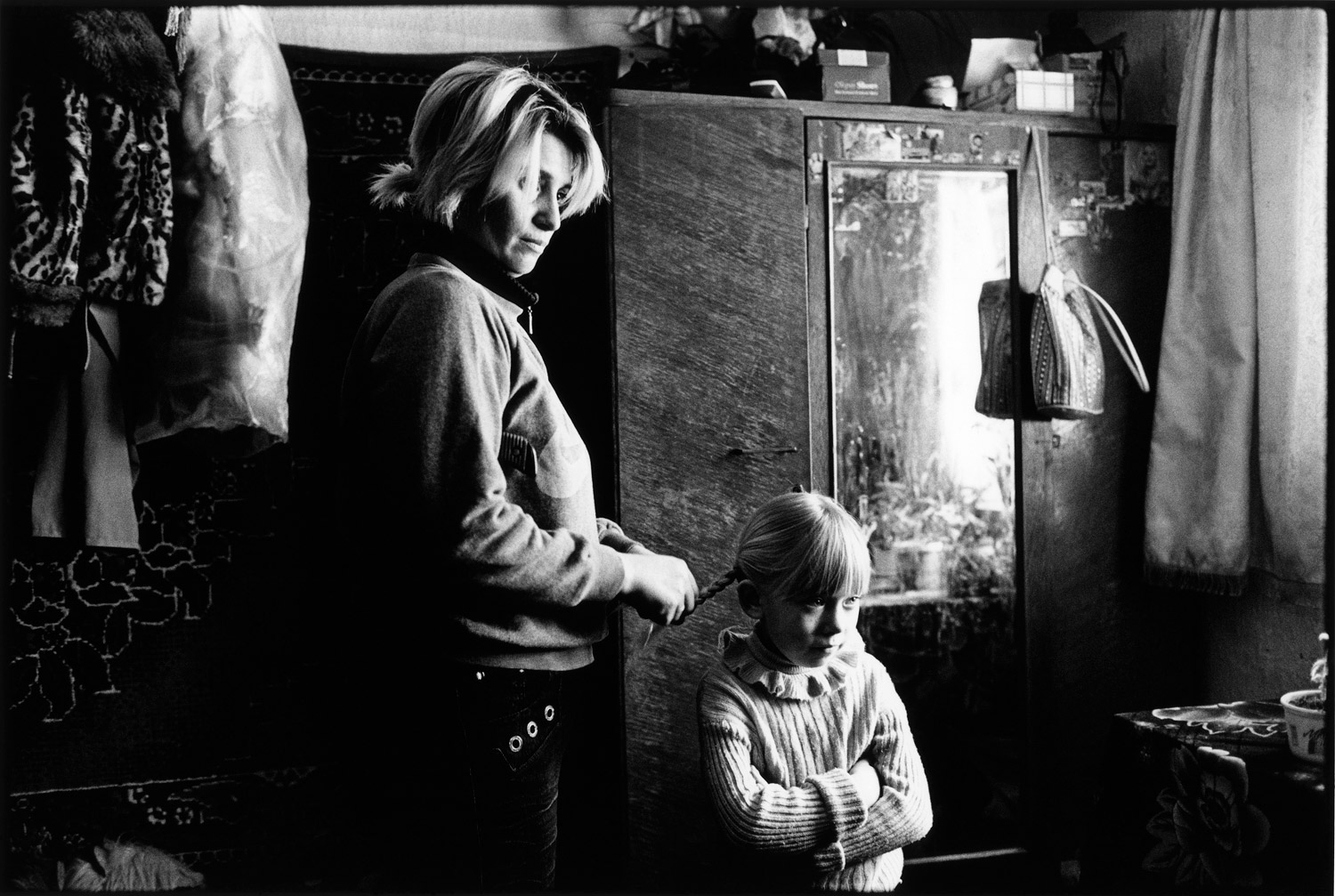
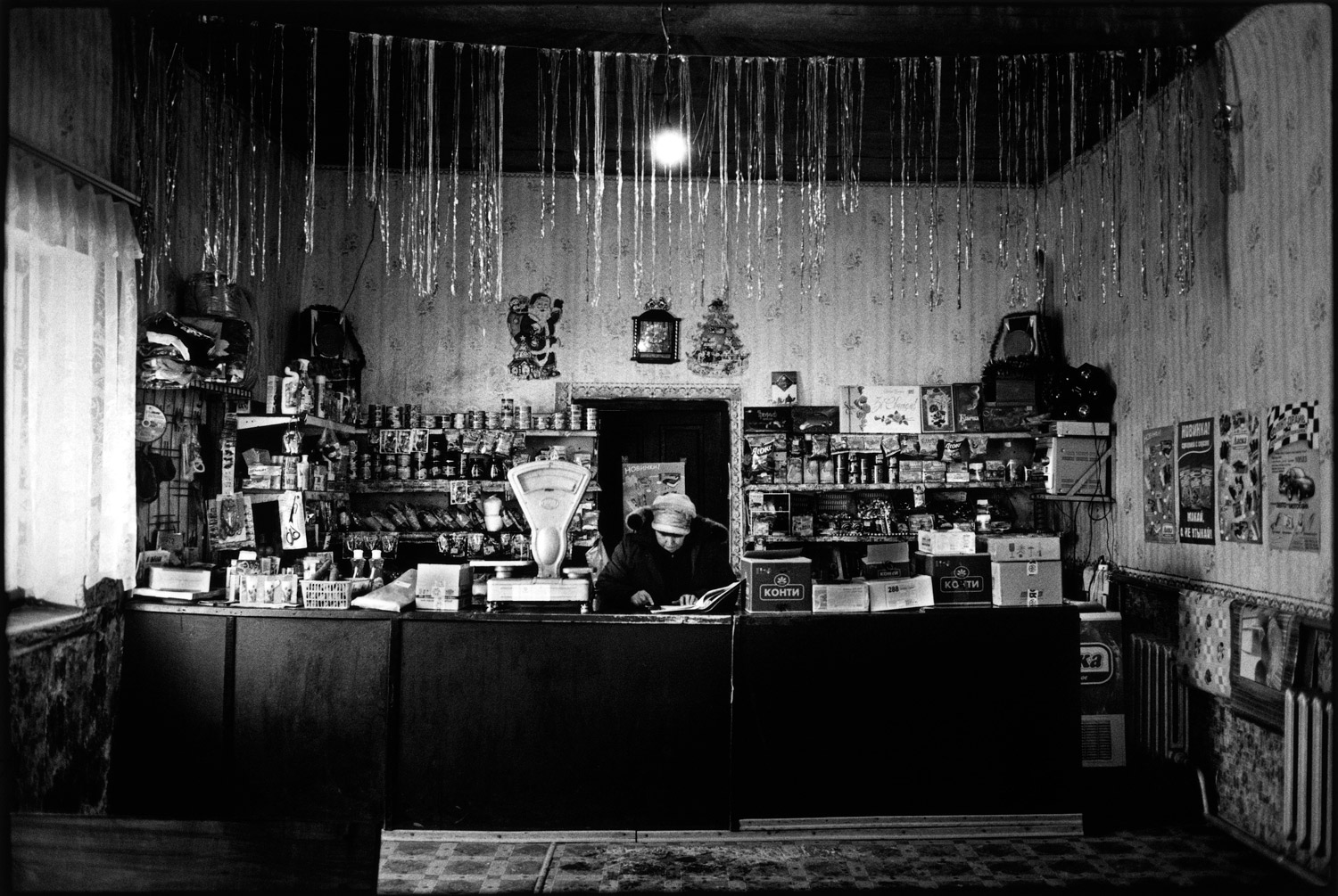
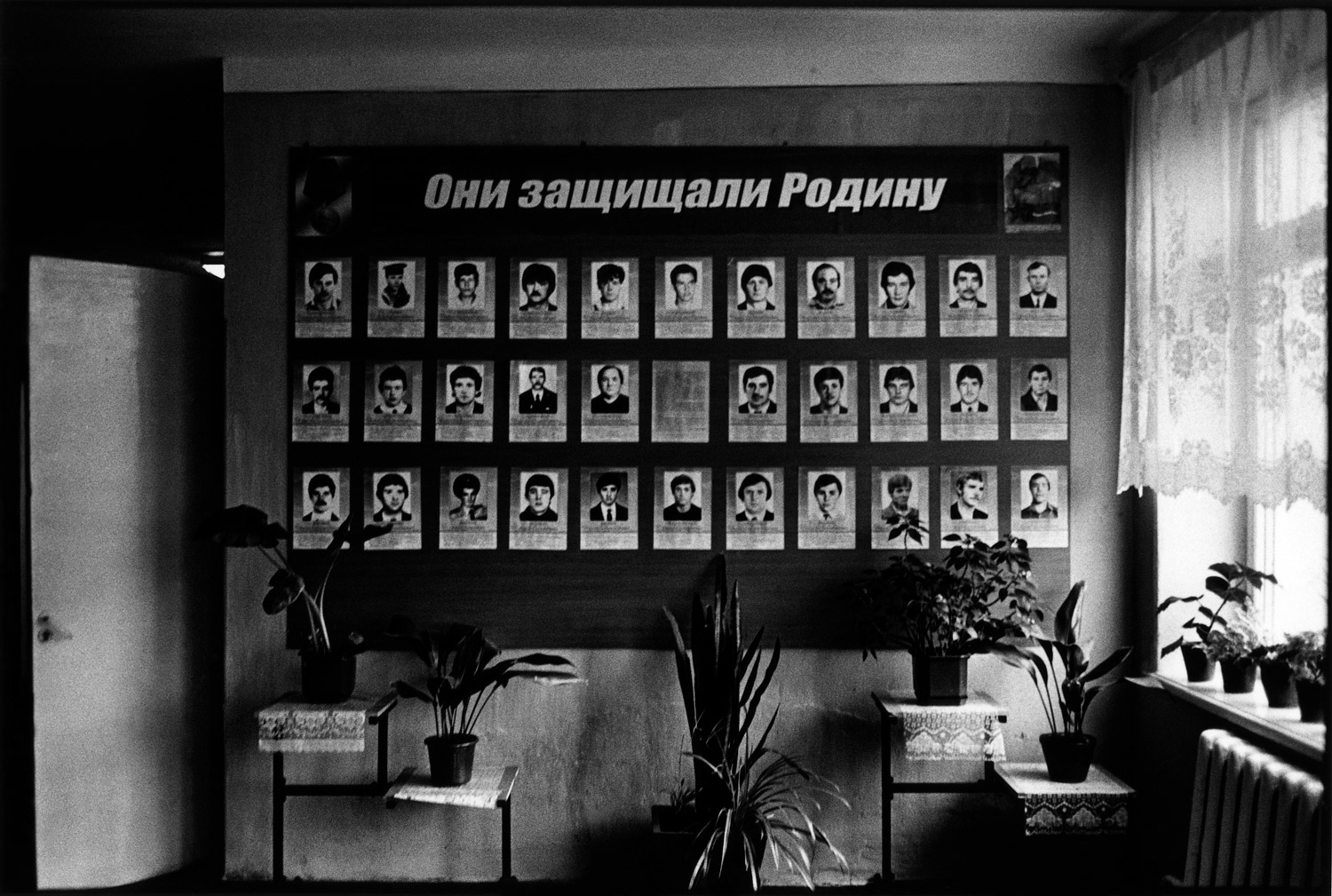
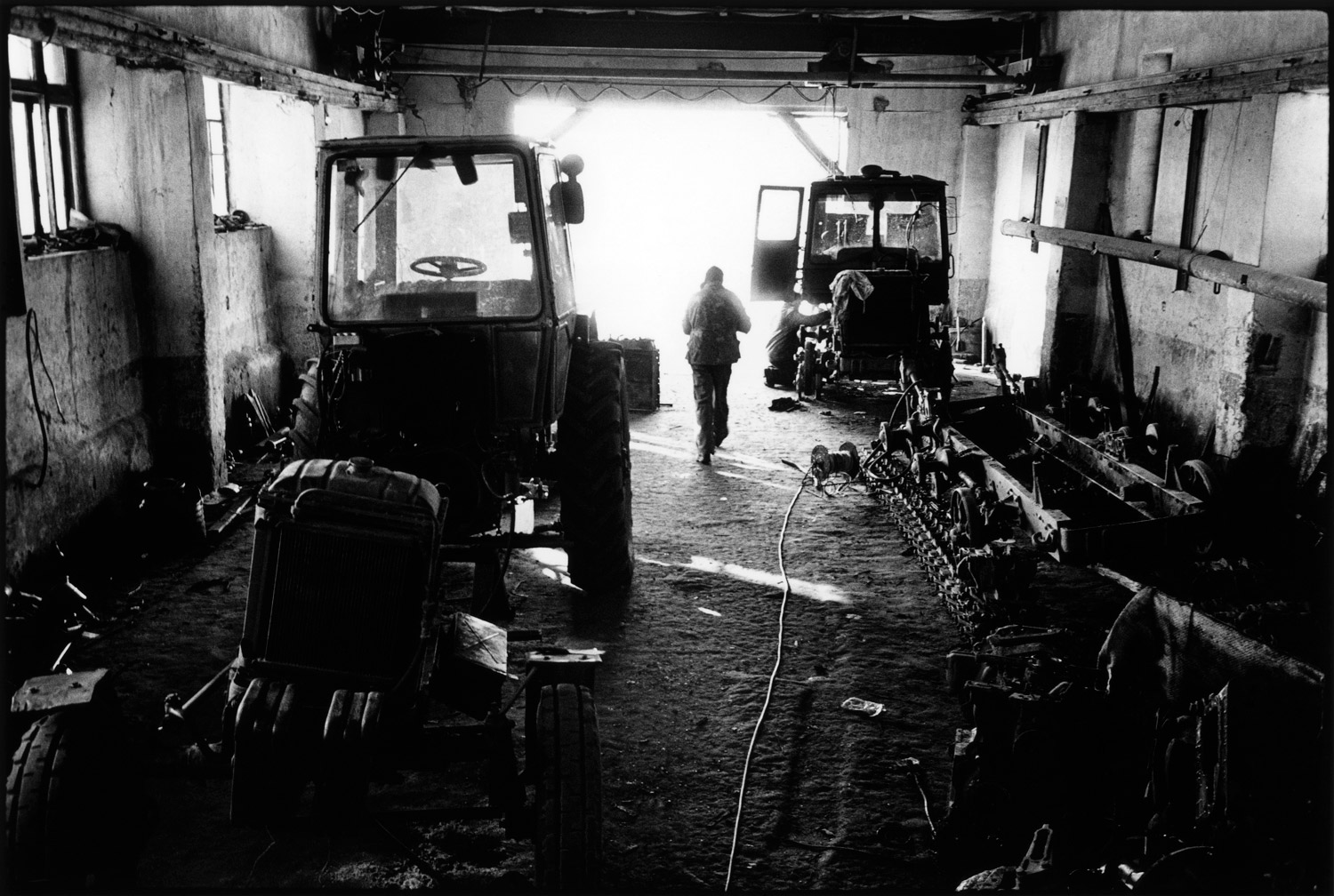
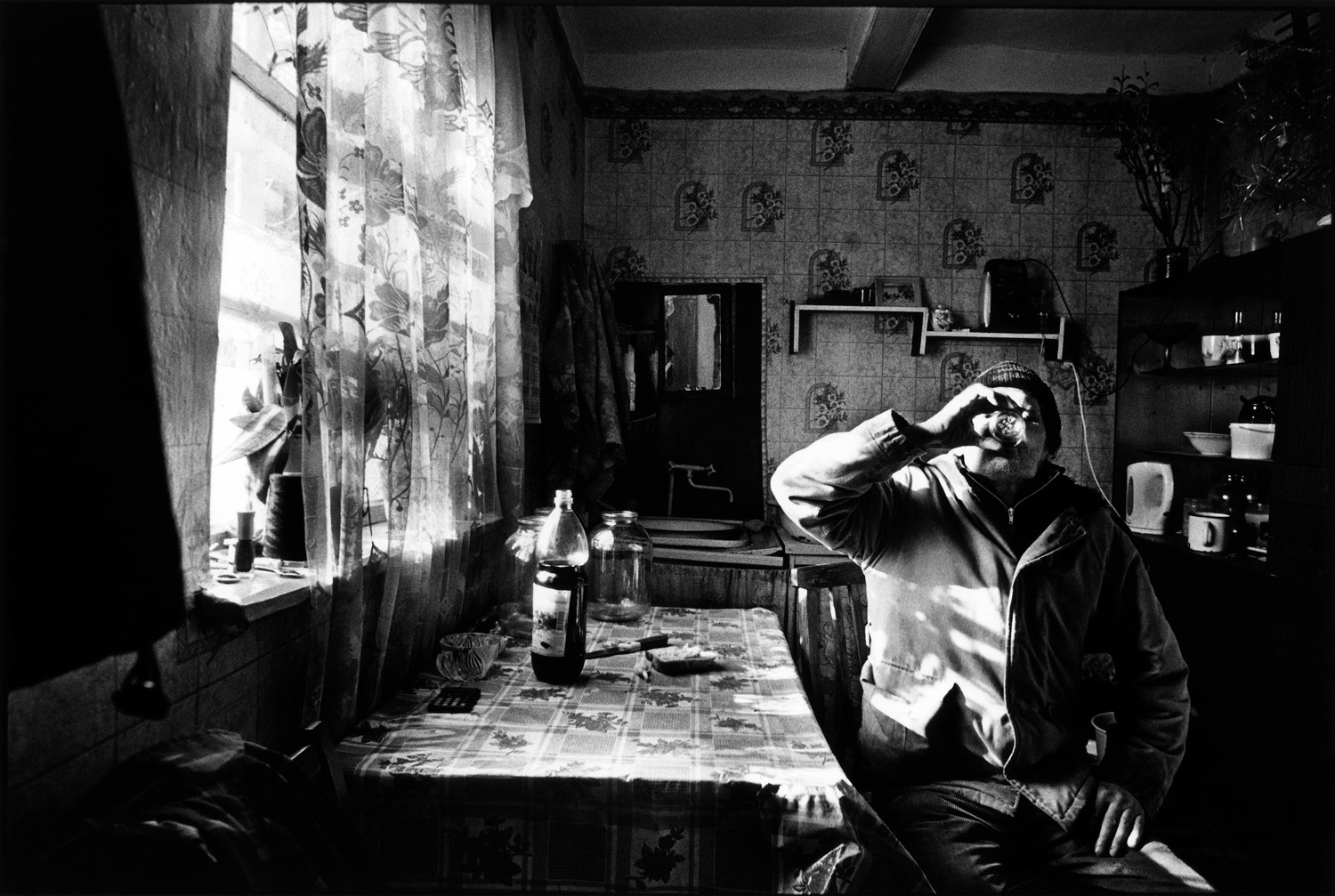
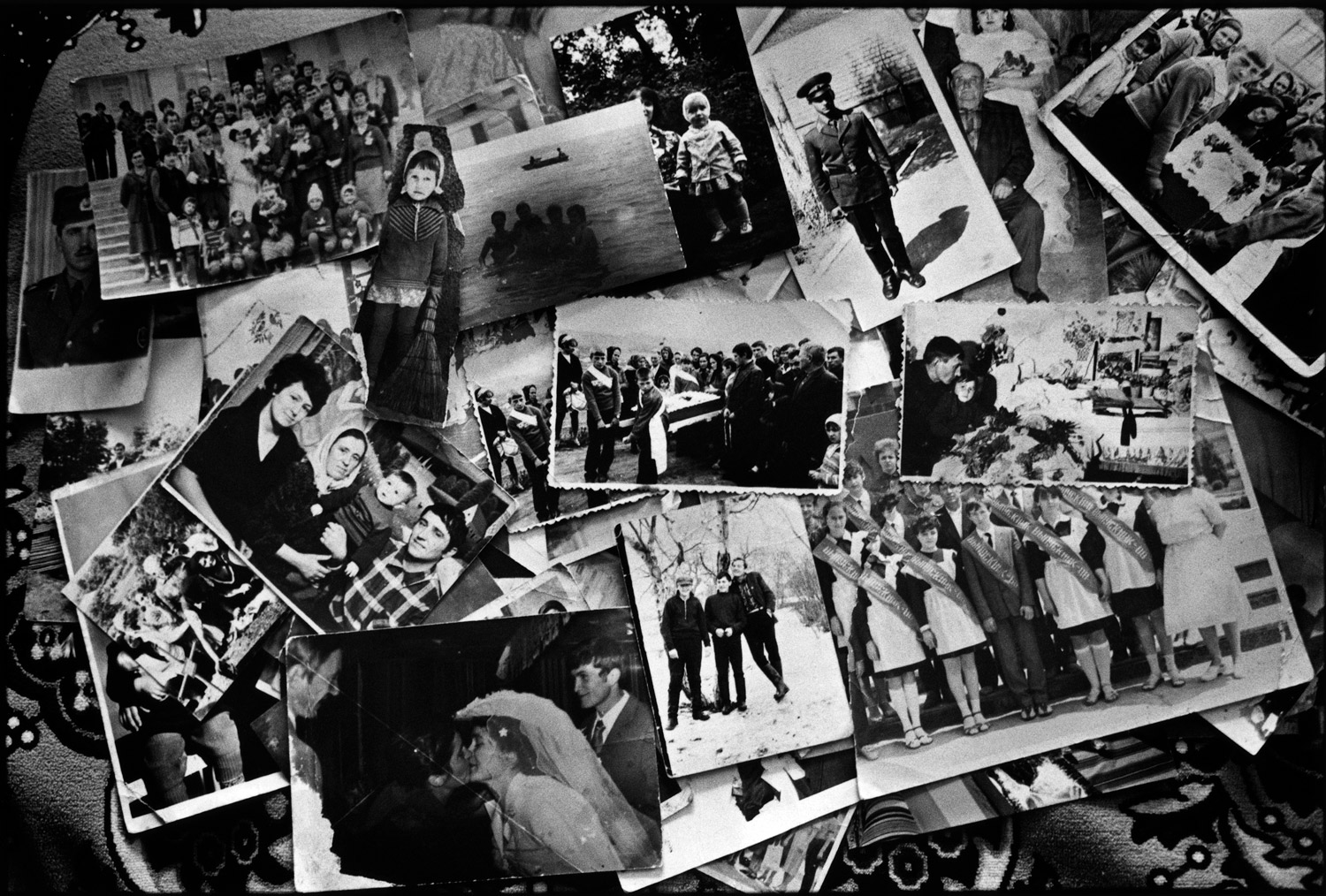
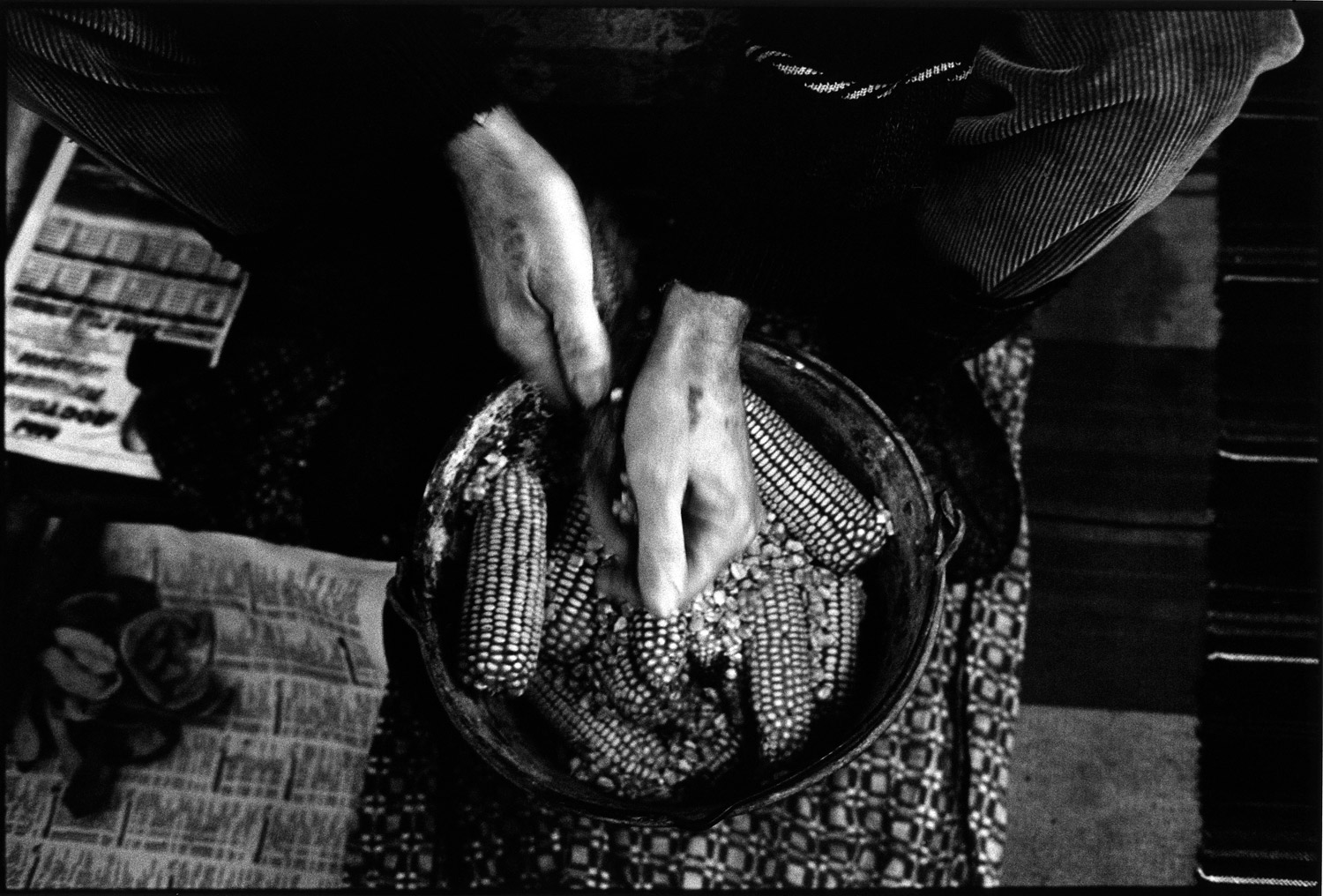
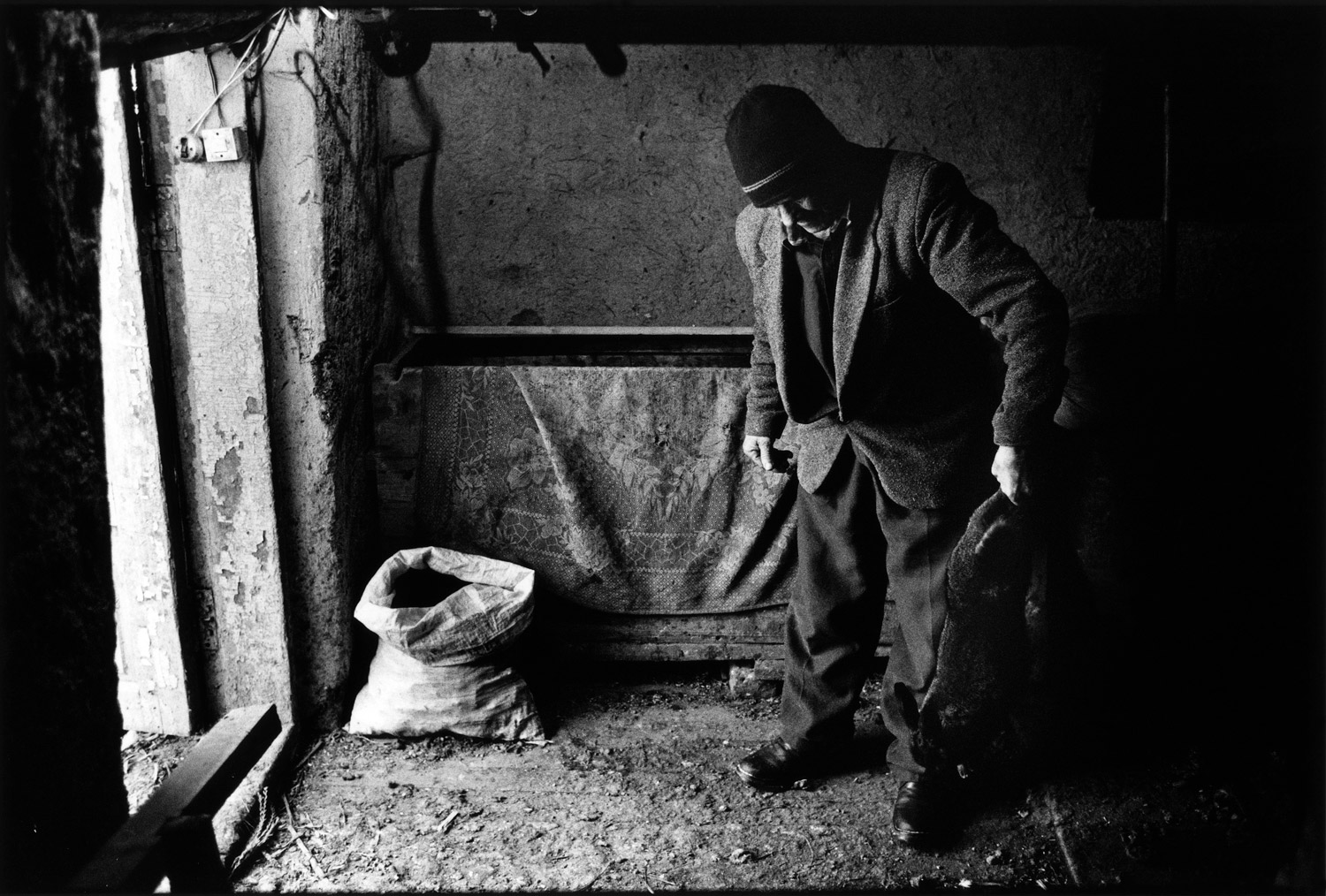
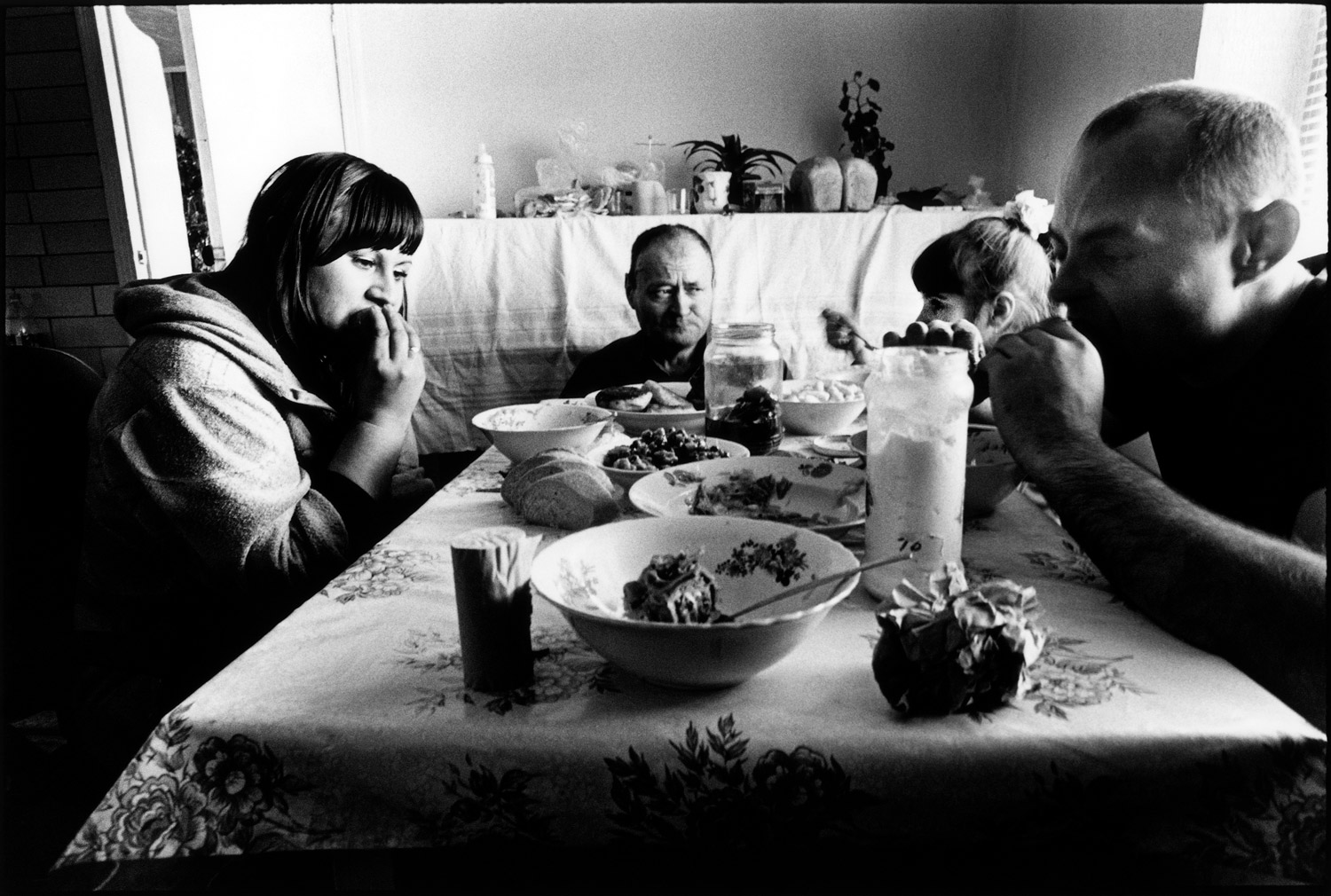
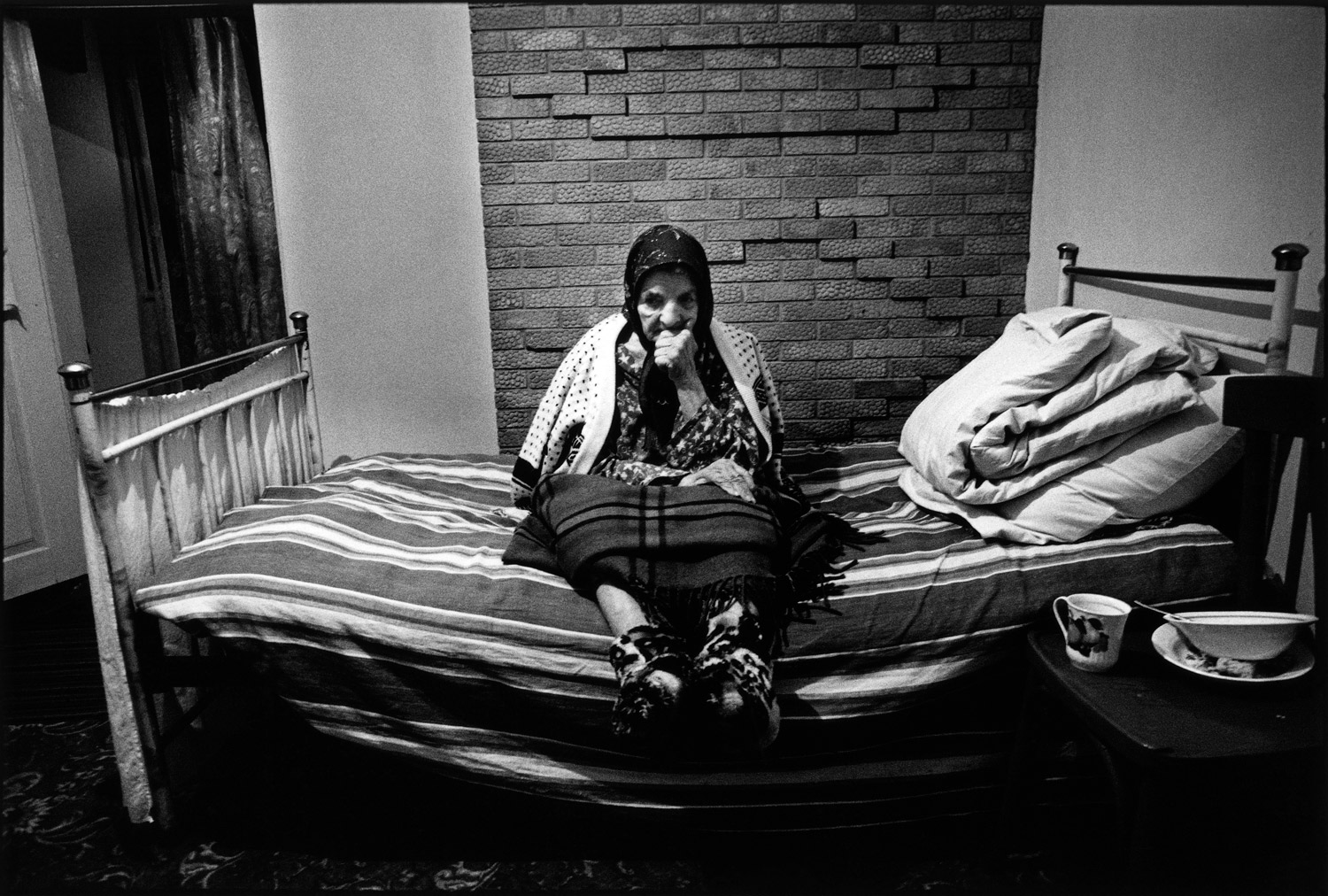
More Must-Reads from TIME
- Donald Trump Is TIME's 2024 Person of the Year
- TIME’s Top 10 Photos of 2024
- Why Gen Z Is Drinking Less
- The Best Movies About Cooking
- Why Is Anxiety Worse at Night?
- A Head-to-Toe Guide to Treating Dry Skin
- Why Street Cats Are Taking Over Urban Neighborhoods
- Column: Jimmy Carter’s Global Legacy Was Moral Clarity
Contact us at letters@time.com